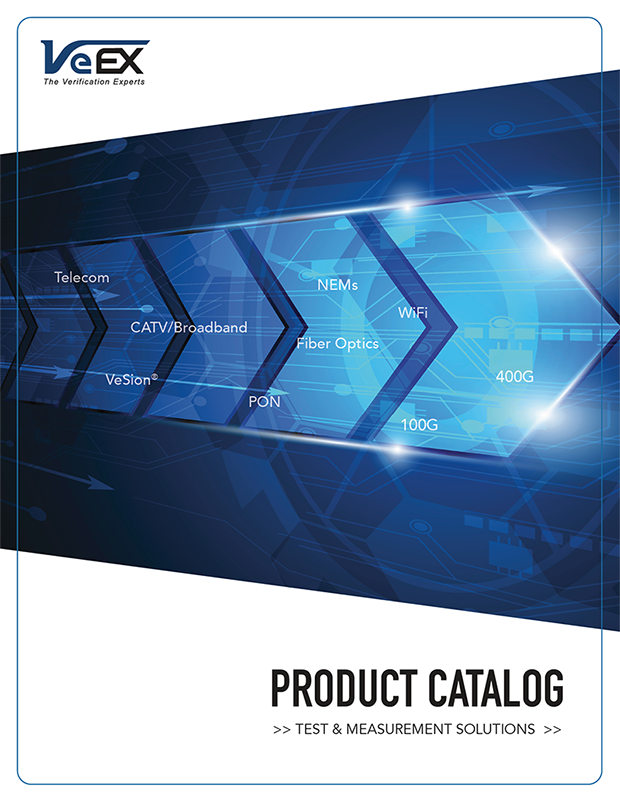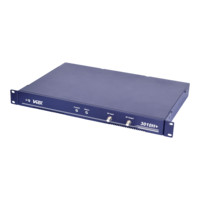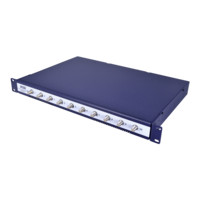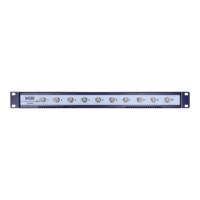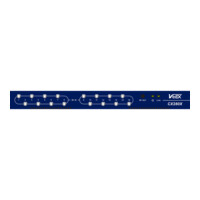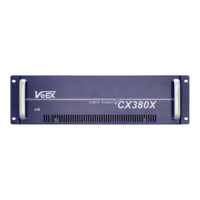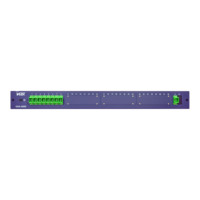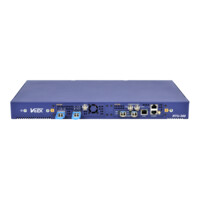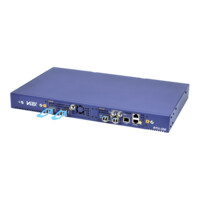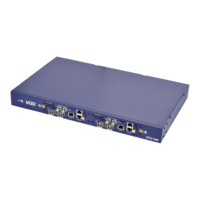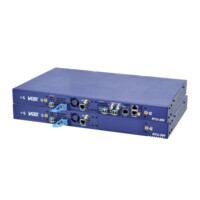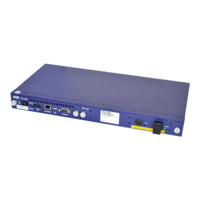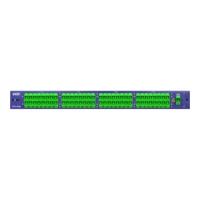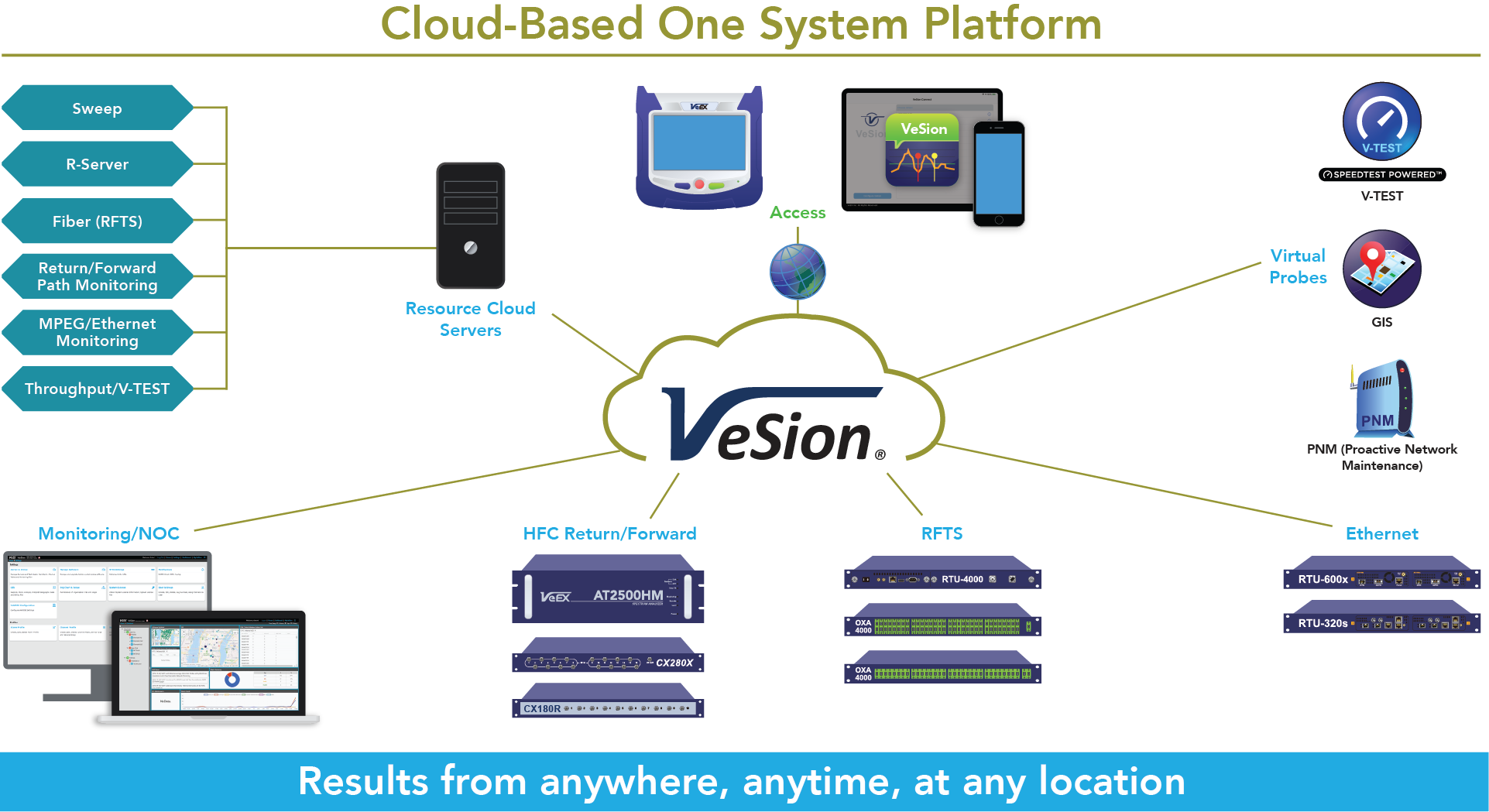
VeSion®
Cloud-Based One System Platform
VeEX’s VeSion is a cloud-based one system platform, representing the next step in innovation. It integrates VeEX’s Preventive RF Monitoring (Return and Forward), Fiber and PNM (Return and Forward), MPEG, Ethernet, Advanced DOCSIS Monitoring, DOCSIS Burst Demodulation, Sweep, Workflow and Asset Management systems all under one umbrella. This provides MSO’s complete network visibility (VeSion) and reduces unnecessary Truck Rolls by alerting key personnel via SMS and/or emails to alarm conditions and location. In addition, VeSion links directly with an MSO’s billing system, allowing them to pin-point the exact location of the DOCSIS cable modem problem.
With the one system platform, maintenance is easy and secure while reducing the effort to maintain several separate systems by MSO NOC teams. Along with the VeSion R-Server, it is the perfect workforce management tool to keep devices up-to-date in the field. Using the Internet, or mobile applications to VeSion, access to all of your results can be made anywhere, anytime and at any location.
- Flexible distributed architecture for easy expansion, increased reliability, and reduced system down time
- Secured IP connection for access from any location with Internet connection via Android and iOS mobile devices, web access or VeEX portable test sets
- Email, SMS, SNMP, Syslog notifications
- Interfaces with VeEX portable test sets to enable Sweep, Ingress and Digital Signal measurements for complete single person Return Path troubleshooting
- Cloud-based – one system platform
- Monitor RF (Return and Forward), MPEG, Ethernet, Fiber and PNM (Return and Forward)
- True Return Path QAM analyzer and tracer with Bursty QAM Demodulator
- Upstream testing qualification and troubleshooting
- Workflow, configuration, asset and test-data management, data enrichment and mapping
- Web, tablet or field meter access
- Sweep (Forward and Return)
- High resolution true non-interfering 5 to 1.8 GHz downstream sweep system with Manual and Automatic Gain & Slope Offsets
- Dark or Active Fiber Monitor to alert for changes on fiber including loss, microbend, reflectance or breaks
- On-demand Optical Fiber Testing: OTDR, VFL, OLS and OPM
- Geographic Information System (GIS)
- CATV
-
- CX180R Return Path Monitoring System
The VeSion® Return system monitors the return path for noise, UCD and ingress that interfere with DOCSIS communications. With DOCSIS 3.0/3.1 deployments, higher order upstream QAM modulation and channel bonding are more vulnerable to ingress and should be monitored continuously to ensure peak performance.
- CX180F Forward Path Monitoring System
The CX180F Probe in the VeSion® monitoring system checks the performance of analog and digital channels being transmitted downstream or toward customers across a CATV HFC network.
- CX280X VeSion Advanced CATV Monitoring
The CX280X features all-in-one RF Monitoring with QAM, DOCSIS 3.1, and Fast MPEG monitoring and analysis.
- CX380X Advanced Spectrum and Burst QAM Analyzer
In a DOCSIS 3.0 (Data Over Cable Service Interface Specification) environment, the upstream bandwidth becomes crowded with wider and higher order QAM modulation carriers and channel bonding, leading to increased impairment sensitivity. In addition, the increasing ubiquity of DOCSIS cable modems actually represents one of the significant challenges for maintaining good plant health. The modems themselves can be serious interferers. In order to take a truly ‘proactive’ vs. ‘reactive’ approach in network monitoring, it is important to first detect the plant issues before it becomes significant enough to impact subscribers; then correlate the identified issue(s) to the physical location(s) of the modems contributing harm to the cable plant.
- CaLan® 3010H+ Sweep System for DOCSIS 3.1 and 4.0
The CaLan 3010H+ Sweep System is designed for prequalification, installation, and maintenance of DOCSIS 3.1 and 4.0 networks. The unit consists of a high performance, 1.8 GHz Transmitter and a low noise, 204 MHz Receiver, capable of sweeping the entire Forward and Return path respectively.
- CX180R Return Path Monitoring System
- Ethernet
-
- RTU-320 Dual 10G Test Module
The RTU-320 hardware option for the RTU-300 standalone platform offers a full-featured centralized test solution for Ethernet, OTN, SONET/SDH, PDH/DSn, Fibre Channel and CPRI/OBSAI. This factory-installed hardware option allows flexibility to fit any application, such as the addition of a second RTU-320 or 100G (RTU-600) to be installed concurrently in the same test platform.
- RTU-320 Dual 10G Test Module
- Fiber Optics
-
- RTU-4000/4100 Remote Fiber Test System (RFTS)
The Remote Fiber Test System (RFTS) comprises the RTU-4000 platform with the RTU-4100 OTDR optical test module. The RFTS monitors optical fiber infrastructures in Core, Metro, Access and FTTx/PON networks, improving workflow and reducing Mean Time to Repair (MTTR). The RFTS can be operated in standalone mode or as part of a centralized Monitoring System.
- OXA-4000 Optical Test Access Unit for Fiber Network Monitoring
VeEX® OXA-4000 series optical test access unit is used with the RTU-4000 fiber probe to support network monitoring of dark or in-service fiber networks. The OXA-4000 provides reliable, fast, and repeatable performance and is controlled via RTU-4000.
- OX4000 Optical Switches for Fiber Network Monitoring
Part of the VeSion® system, the OX4000 series optical switches provide reliable, fast, and repeatable performance. Units can be controlled via built-in keypad or remotely via RS232 or Ethernet Remote Fiber Test Systems (RFTS).
- RTU-4000/4100 Remote Fiber Test System (RFTS)
| Request a Demo | Contact Sales |
| Request a Quote | Financing |
| Register a Product | Locate a Partner |

